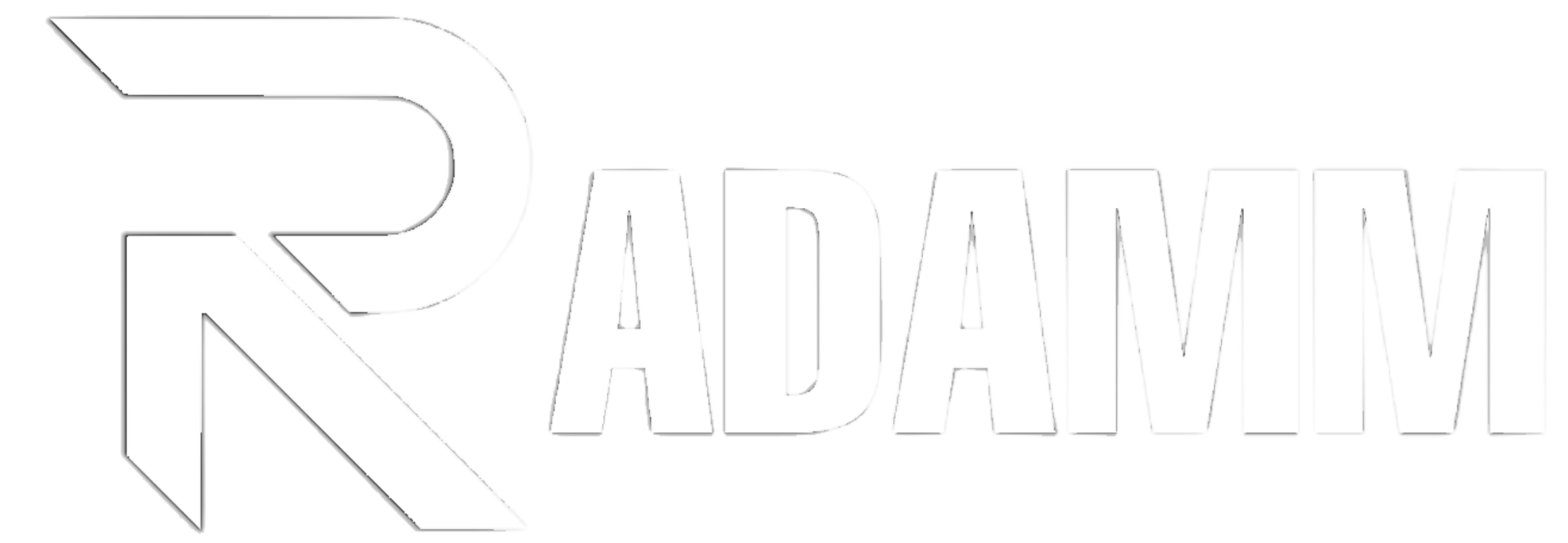Regular clothing in the business work place is comparatively casual (short sleeves and smart casual clothing) . Most authorities get this lead from senior officer in charge or business supervisors. Ladies tend to be easily dressed but elegant business cases are not needed. Nevertheless, in meetings, somewhat more formal clothing is appropriate. In very formal gatherings , e.g., social, commerce, and other formal national events, long sleeve Barong Tagalog (Filipino case) or dress case may be suitable. Conservative attire is required though the level of conformity differs depending on the work. As a summary, the dress code is comparatively casual. At meetings with dignitaries or government representatives it is mostly expected to be more formal (though that does not necessarily imply the case, usually the dress shirt) . Still, often a polo shirt and slacks for men, and a good blouse and slacks/skirt for females could suffice.
Learn the proper dress code for the business meeting. In Taiwan, most government officials and top-level administration wear formally for meetings, while mid- to lower-level employees may have more informal clothing. When in doubt, usually dress up in the case to show affection. Darker, dull colours are good, while light colours should be avoided, and women should never have low-cut tops, the distasteful selection according to both men and women in Chinese business. The Chinese have a higher regard for permission, dating back centuries, and then they normally enter the area in hierarchical order. Take their training with your personal teammates as you enter the area. The individual with the highest degree of seniority should start at first, followed by the next highest-ranking person in consecutive rule.
Regular clothing in the business work place is comparatively casual (short sleeves and smart casual clothing) . Most authorities get this lead from senior officer in charge or business supervisors. Ladies tend to be easily dressed but elegant business cases are not needed. Nevertheless, in meetings, somewhat more formal clothing is appropriate. In very formal gatherings , e.g., social, commerce, and other formal national events, long sleeve Barong Tagalog (Filipino case) or dress case may be suitable.
When designing the first time of business outfit, the first place should be the company website and social media pages. Is the current company business casual or business dress? Perhaps the organization is more laid back and jeans are the standard. Whatever you look, you need to dress accordingly to ensure that the dress is suitable for the current business. If you have any questions, usually err on the line of formal when choosing the outfit for the first time of study. You’d rather be a bit overly dressy than too everyday.
Dependent on the occupation, business purpose or position, you are required to dress accordingly. Typically, when you work at the contemporary business job, you shouldn’ ’t go in ripped jeans and baggy t-shirts. Normally, the business determines standards and you are required to wear elegant clothes. Certainly, you might be employed in a cool code company such as LiveChat, and so it’s the asking what to have, but even the’s a rarity.
The business model is different from the business idea. This business idea is the representation you make when you’re looking to get support and is using the business you put into the business model. This business idea expands beyond the business model as it brings parts for the team, in-depth financials, and standard projections. This business model doesn’ ’t consider any of those components.
Sourcing Business Models represent the systems-based way to structuring supplier relationships. The sourcing business model is the kind of business model that is used to business relationships where more than one occasion wants to be with another party to be productive. There exist seven sourcing job models that represent from those transactional to investment-based. These seven models are: Basic supplier, Approved supplier, Preferred supplier, Performance-Based/Managed company framework, Vested outsourcing Business Model, Shared Services framework, and Equity Business framework.




